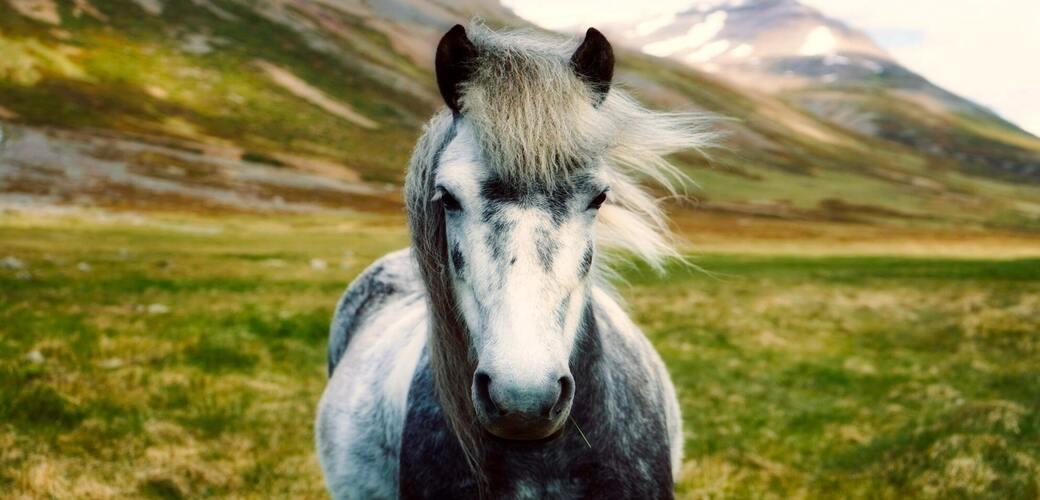Looking after your horse’s hooves in winter

While you may not be riding your horse much this winter, it’s important you look after their hooves to keep them in tip-top shape and prevent painful problems.
Winter is a time we all like to stay inside where it’s warm and dry. Unfortunately, this is not mostly possible, or necessary, for horses in New Zealand. While these hardy creatures are well used to weathering the winter and can be quite content outside if they’re well fed and rugged, there is one area that will need a little extra care and attention: their hooves.
Read our tips below on how to look after your horse's hooves this winter, then hop off the couch, put on your warm winter coat and boots, and head outside.
Check hooves often
While it’s important you keep an eye on your horse’s hooves all year round, it's even more so during winter, as foot problems become more common. It’s recommended you pick out and clean the hooves daily to check for signs of splits in the hooves, thrush around the frog, or even abscesses. These common afflictions during our wet winter months.
At the same time as you’re cleaning out their hooves, wash and dry their legs. Caked on mud can lead to mud fever, which – while treatable – can still be uncomfortable and unpleasant for your horse.
Keep them on dry ground
Prevention is better than cure. To help minimise the chance that your horse’s hooves become damaged, or they get an infection like mud fever, it’s important to find ways to keep their paddocks as dry and as mud-free as possible.
Often visited areas like their water troughs or feed areas are most likely to become muddy. You can get mats or gravel to place around the water trough to minimise the accumulation of mud and feed them in a different area every day, so they don’t churn up the one spot.
Let them go barefoot
If you’re not planning on riding your horse during the winter months, you could consider removing their shoes. This helps strengthen the walls of the hoof and makes it less likely the horse will accidentally pull off a shoe in muddy ground.
If you are planning on riding your horse, and they’re used to being shod, it’s worth keeping their shoes on. Just keep an eye on them, as the nails can weaken the walls and allow dirt in.
Give their hooves a helping hand
If your horse's hooves are prone to cracking – which can happen with the frequent wetting and drying of the hooves – there are supplements, as well as sealants and conditioners, that you can use to help improve the health of the hooves and protect them from the elements. Have a chat with the assistant as your local tack shop.
Keep up with the pedicure
Even if your horse is likely to be unshod during winter, you still want to continue with your regular farrier appointments, as their hooves will still need to be trimmed regularly. They can also help identify potential problems and offer different shoeing solutions if you are riding and you’re noticing your horse slipping more than usual.

